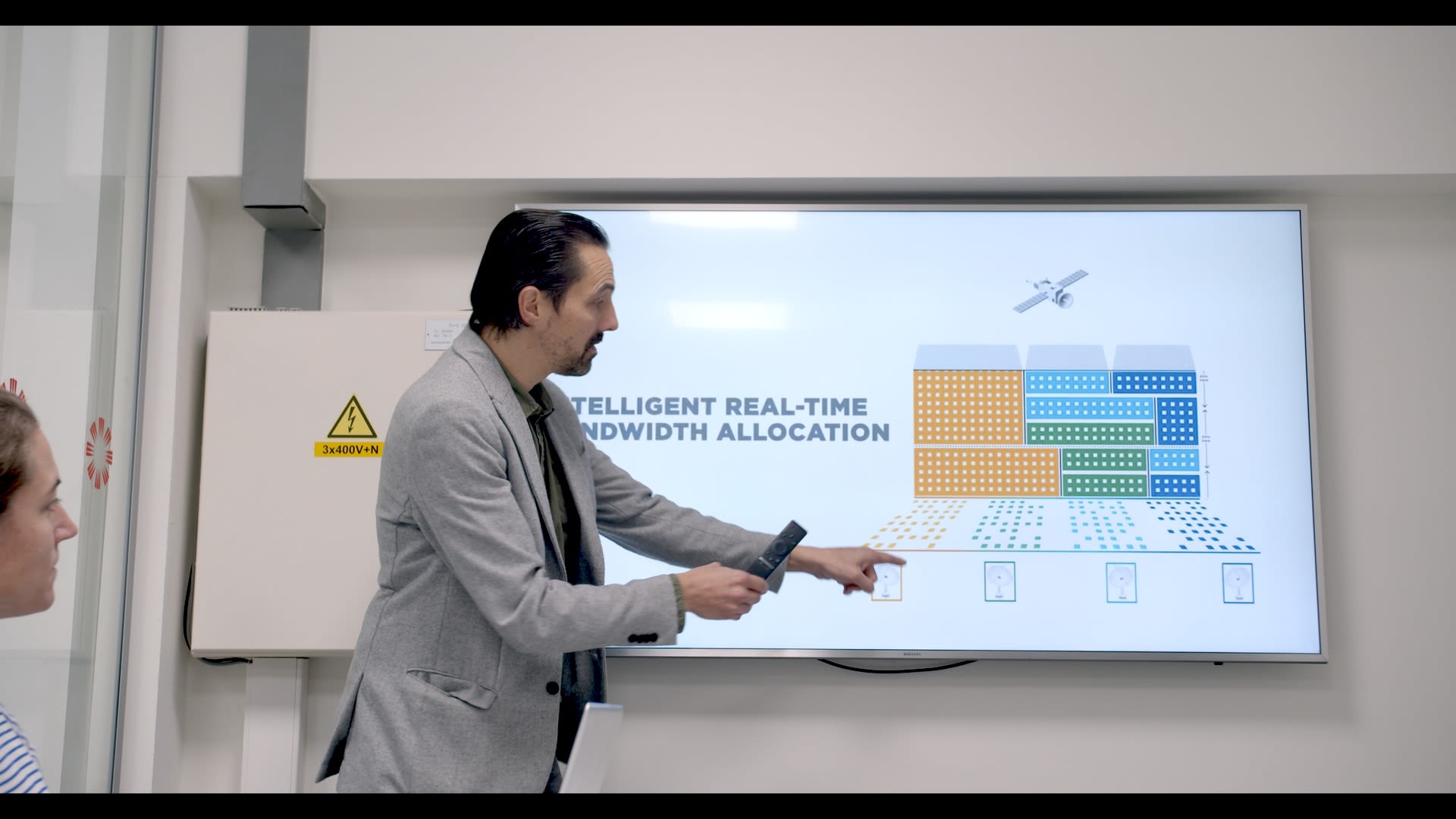RAISING THE SATELLITE
RETURN TECHNOLOGY BAR
FROM THE GROUND UP
Introducing
Mx-DMA MRC
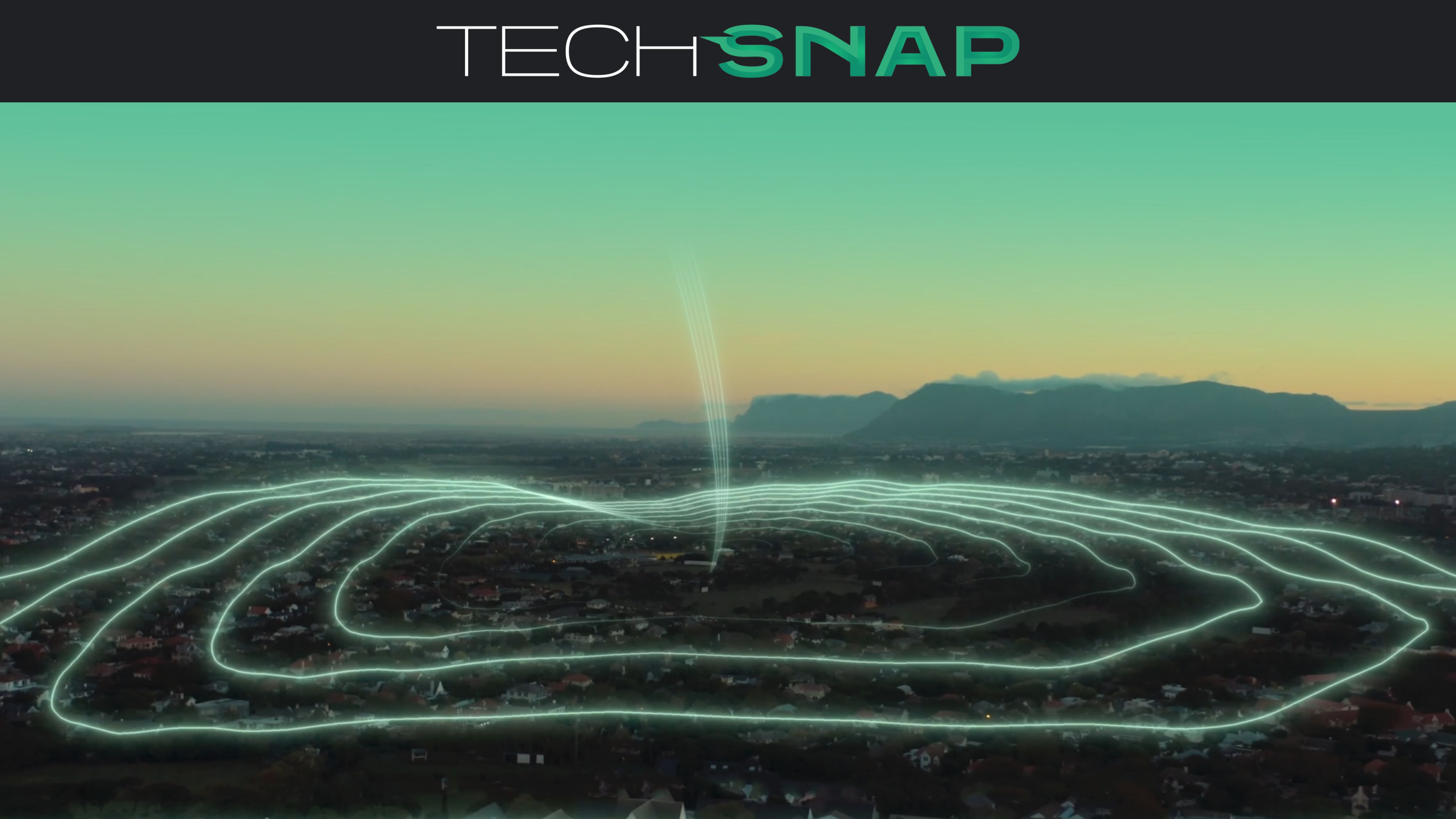
The satellite journey starts - and ends - on earth.
Innovation on the ground is what makes satellite connectivity as effective, affordable and scalable as possible. One way, in the satellite connectivity chain, that this is made possible is with return technology. Here's an introduction to Mx-DMA MRC, an innovative return technology, that has answered the market’s call for unprecedented service agility.
How?
Continue scrolling and uncover the story of the engineers behind the technology! But first, we need to rewind a bit to 2014 and the introduction of MX-DMA, the predecessor of MX-DMA MRC.

Answering the SCPC versus
MF-TDMA return technology dilemma

Legacy platforms typically resort to 2 return technologies:
MF-TDMA and SCPC. So before Mx-DMA, service providers always had to make a choice between one or the other!
It's a tough choice and comes
with pros and cons:

MF-TDMA? Has limited transmission efficiency and once the investment in the hub infrastructure and terminals is made, the cost of the satellite bandwidth remains the major recurring cost driver. And the throughput is capped.
SCPC? It's an interesting and efficient technology, yes, but any change has serious impact on the network and reshuffling services, and of course creates traffic interruptions.
Wouldn’t you want a system that behaves like MF-TDMA but
with SCPC efficiency and performance?
Meet Mx-DMA

What is MX-DMA & why was it needed?
In 2014, Mx-DMA first answered the SCPC versus MF-TDMA return technology dilemma by combining the best of both worlds. This was a milestone for the market.
Mx-DMA for Techies
Mx-DMA adjusts the frequency plan, the symbol rate, the modulation, coding and power in real time of each and every carrier in the satellite network.
These adjustments are based on the following parameters:
- Return traffic demand
- Network QoS management, and
- Channel conditions for the terminal population in the network
Mx-DMA seamlessly adjusts the frequency plan, symbol rate, modulation, coding and power level for every terminal in the satellite network, every second.
This flexibility allows Mx-DMA to dynamically allocate bandwidth based on real-time terminal demand, while also adapting to changing RF conditions.
By offering SCPC efficiency and performance combined with MF-TDMA flexibility within one package as part of the Dialog platform, Mx-DMA was a real step forward for the industry.
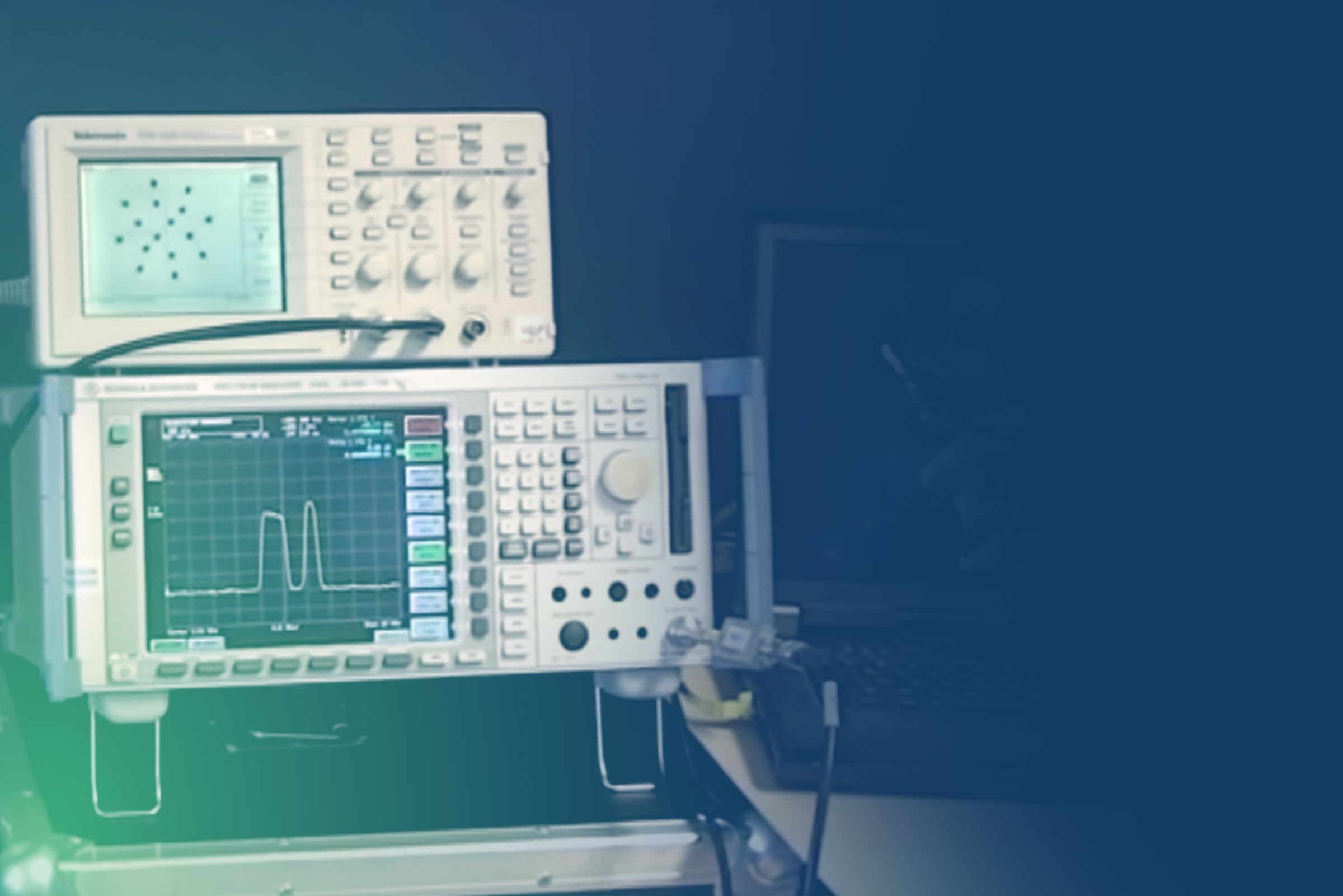
Let's fast forward to 2020....

2020
We Satisfy the Need
For Speed
In late 2020, our MDM5010 achieved an industry-leading 600Mbps and set the new record as the industry's fastest VSAT modem for shared bandwidth capacity networks.
Delivering three times more return throughput at 200Mbps using Mx-DMA return technology, coupled with up to 400Mbps on the DVB-S2X outbound for an aggregate speed of 600Mbps.
2021
We Increase the Speed Once More to 1.6 Gbps!
We constantly strive to go further in terms of speed and efficiency. Combined, the MDM5010 is the fastest VSAT modem and the fastest SCPC P2P modem— in one unit! Customers can leverage the speed of the dedicated standalone SCPC link with the versatility to switch to VSAT for shared bandwidth and a single return link utilizing our award-winning Mx-DMA return technology.
- DVB-S2X/ Mx-DMA with up to 1.1 Gbps throughput (800/200Mbps)
- DVB-S2X/ SCPC Return with up to 1.2Gbps (800/400Mbps)
- SCPC/ SCPC with up to 1.6 Gbps
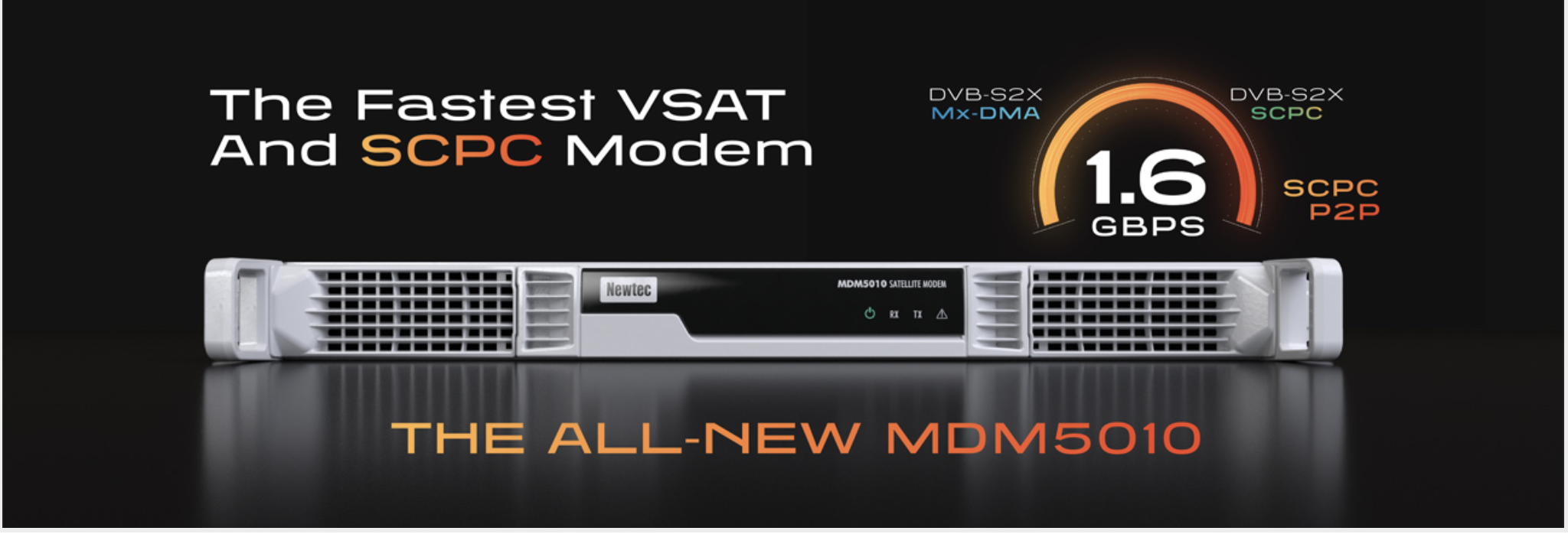
2021 MRC is launched

Building on the existing Mx-DMA technology, Mx-DMA MRC offers unprecedented service agility, extending the availability of Mx-DMA to very large networks, and lowering the total cost of ownership (TCO).
Service providers can now cover every use case imaginable in a single return link without making tradeoffs between speed, efficiency, scale and cost.
Key MRC Innovations
The performance of Mx-DMA MRC is built on ST Engineering iDirect's emphasis on innovation, culminating in the following features:
High Resolution Bandwidth Allocation
Mx-DMA MRC redistributes the available spectral resources 25 times per second, allowing it to seamlessly adapt to changing traffic demand and link conditions. Minimum transmission lengths of 5ms tied to a symbol rate granularity of 100kHz, ensure industry-leading granularity in bandwidth assignment, lowest latency and jitter, and highest efficiency for any traffic profile.
Scalable Demodulator Technology
Mx-DMA MRC supports minimum transmit lengths of 5ms, allowing up to 5,000 active terminals with a single multi-carrier demodulator, resulting in increased hub density with less hardware needed at the hub side.
Adaptive Payload Length
Mx-DMA MRC adapts the payload length in real time versus using pre-coded static payload length like other technologies, resulting in important efficiency gains across all applications, from low-rate for bursty traffic profiles to high-rate traffic profiles.
Unsolicited logon
Terminals not passing traffic will log-off and restart transmission with an unsolicited logon mechanism when needed. This means that there is no idle capacity consumption.
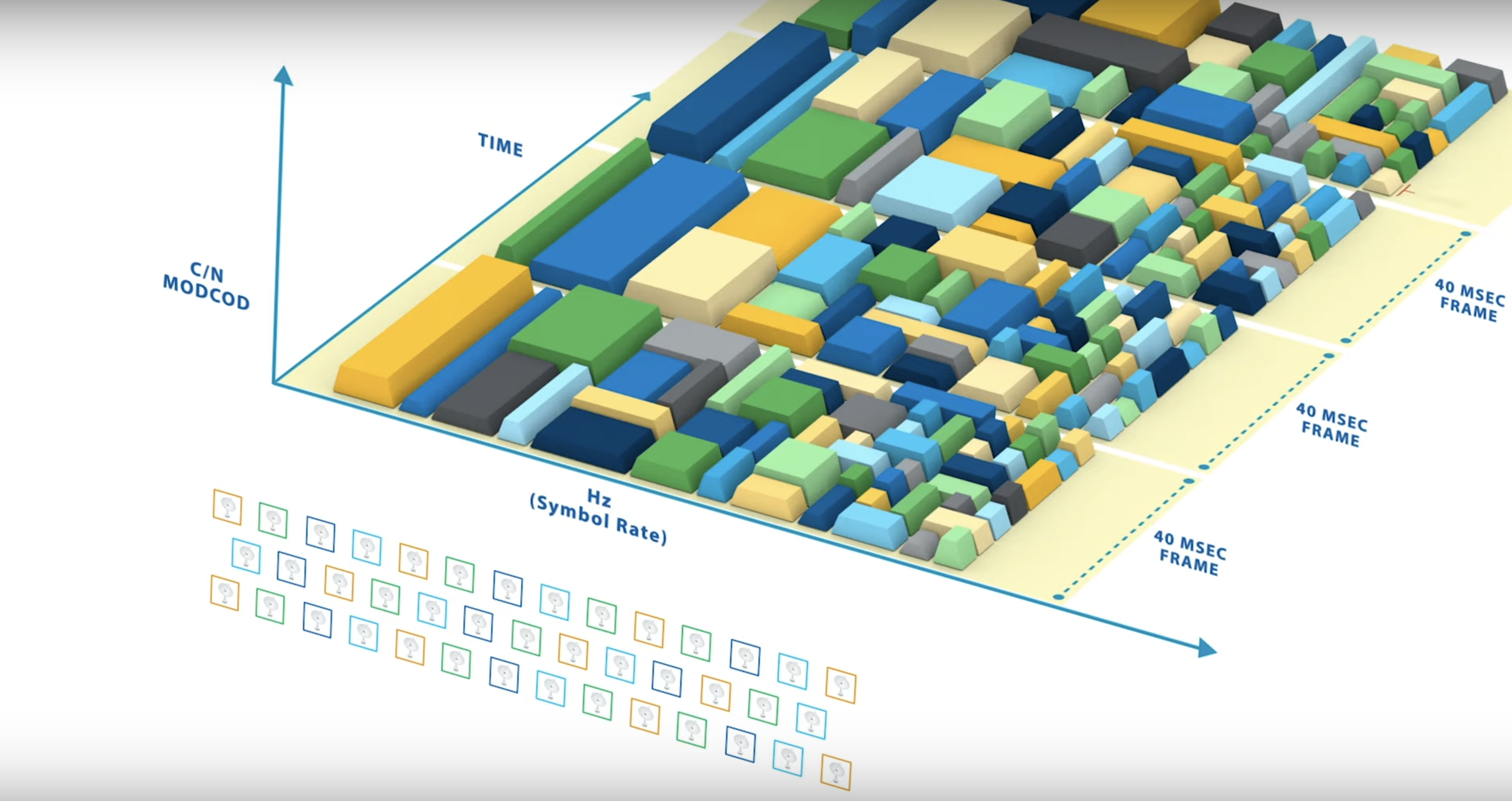
MRC in a nutshell
Frederik Simoens, our CTO explains:
"You have a lot of users, they're all transmitting to the satellite, but you have to orchestrate all those transmissions to make sure they're not overlapping. To dynamically allocate resources to make sure everyone has the bandwidth they need, you have to do it automatically. It's about the ability to scale that, to achieve the highest throughput per user, but also to accommodate many thousands of users with very different use patterns and bandwidth demand transmitting at the same time, all using the same platform. Coping with all of that is what this new generation Mx-DMA MRC technology does.”

Ideal for All Markets
From Fixed...
Broadband | Enterprise - High Quality of Service granularity for applications from broadband access, PoS to high- throughput Enterprise. Large populations operating at highest efficiency.
Rural and Ultra Rural Communities - Expand networks cost effectively to large scale rural and ultra-rural communities.
Cellular Backhaul 3G/4G/5G - Well suited for large cellular backhaul and telco trunking applications with dedicated links.
To Mobile...
Land Mobility | SNG - Ability to mix many different antenna types and user profiles in a single self - organizing network.
Maritime | Fishing | Cargo | Cruise - Ideal for very large networks, scaling from hundreds to many thousands of terminals.
O&G | Energy - Very high QoS ranging from bursty to large trunking traffic.

Mx-DMA MRC IN ACTION
Introducing MRC to South-East Asia and the Pacific Islands.
In 2021, we launched Mx-DMA MRC, the industry’s most powerful return technology. Our early adopter, Kacific Broadband Satellites Ltd is the first to experience the benefits as they deliver their services to remote communities across the South-East Asia and Pacific Islands regions.

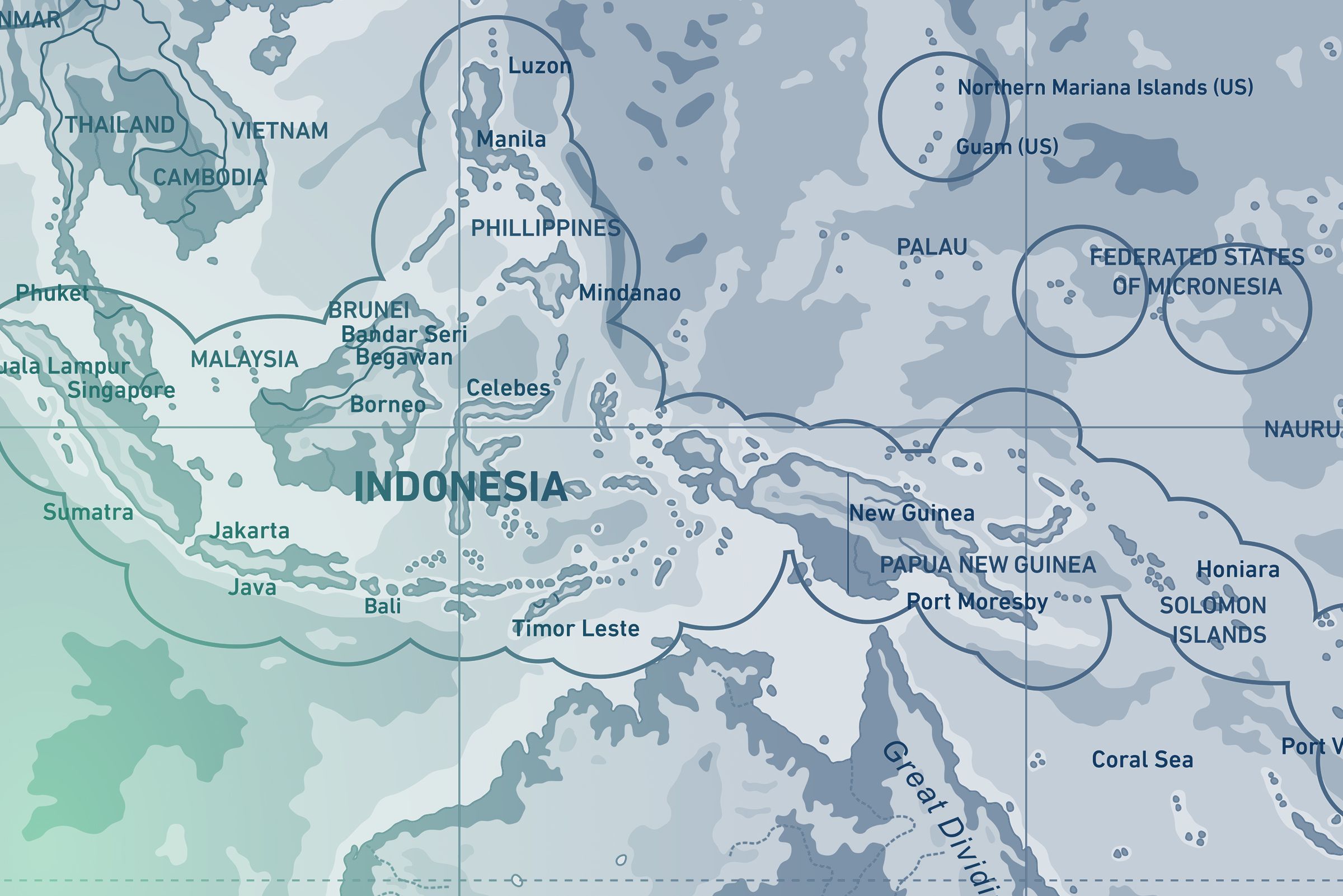
Why was Mx-DMA right for Kacific?
Facing an increasingly critical demand for connectivity in the Asia-Pacific region, Kacific, a satellite operator providing a high-speed and affordable broadband internet service for the South-East Asia and Pacific Islands regions, decided to procure the pioneering Mx-DMA® MRC technology in conjunction with the Ka-band satellite Kacific1.
What has it enabled Kacific to do?
The high-capacity technology scales in MHz, meaning it is independent of the number of terminals used in the network. This ensures that Kacific can offer the highest level of high-speed bandwidth allocation at SCPC efficiency.
Mx-DMA MRC mode enables Kacific to effectively deploy its services while simplifying network planning and prevents any need for pre-configuration with its self-optimizing capabilities. It has enabled Kacific to deliver the most reliable 3G and 4G connectivity solution for the vast Pacific and South-East Asia region.
What difference has the technology made to the lives of the Pacific Islanders?
Kacific’s operations, underpinned by Mx-DMA MRC, can deliver affordable price points and rapid return speeds on small consumer-type VSAT terminals in the regions.
Due to the resounding success of the deployment, Kacific and ST Engineering iDirect can continue expansion to more customers in underserved areas for years to come.

Team Comet: The Brains Behind the MRC Innovation
As Mx-DMA stood, it was not scalable. It couldn’t handle large networks. So, how do you go about creating a new waveform? Take the brightest and best engineering brains you have, add a lot of brainstorming sessions, plenty of workshops (and doughnuts and pizza!).
Here at ST Engineering iDirect, we have a nickname for our MRC innovation team - they are Team Comet. For this team, many of whom who have worked on Mx-DMA right from the start, this is not a job. It's a vocation, a calling. And their dedication is supreme.
Team Comet has grown as the Mx-DMA family has evolved. Today, it comprises around 25 engineers and to bring such an innovation to market, especially when a global pandemic hit, has not been an easy task. It's taken patience, daily MRC scrums (over Microsoft Teams, obviously) and the determination to see it through.
Meet the team: Behind the scenes
Team Comet features lots of people from lots of different technical backgrounds to add a variety of experience and fresh perspectives to the task. If you bring a lot of people together from the same background, they'll do what they've done for the last ten years. But mix it up, and you get people with different visions. This fires up new ideas and importantly addresses all the possible use cases that can happen from the customer perspective.

Innovation Milestones and industry recognition
2016: Mx-DMA awarded the “Best Ground Segment Technology” Stellar award at VSAT Global.
2020: Dialog was named "Teleport Technology of the Year", by the World Teleport Association. Mx-DMA is the key to Dialog’s versatility.
2020: Introduced 200 Mbps+ returns in Mx-DMA HRC
2021: Introducing Mx-DMA MRC by uniting Mx-DMA efficiencies with TDMA scalability:
- SCPC-like spectral efficiency with capacity
sharing among thousands of terminals.
- Service agility and bandwidth allocation
in real-time.
- Covering all use cases from very low to very high
data rates in shared capacity.
2022: Mx-DMA MRC named WTA Teleport Technology of the Year for setting a new benchmark in agility, scalability and efficiency.
2023: Mx-DMA MRC reaches new max symbol rate of 100 Msps. In a powerful combination with MDM5010, the result is 300 Mbps of throughput to support very high data rate applications.
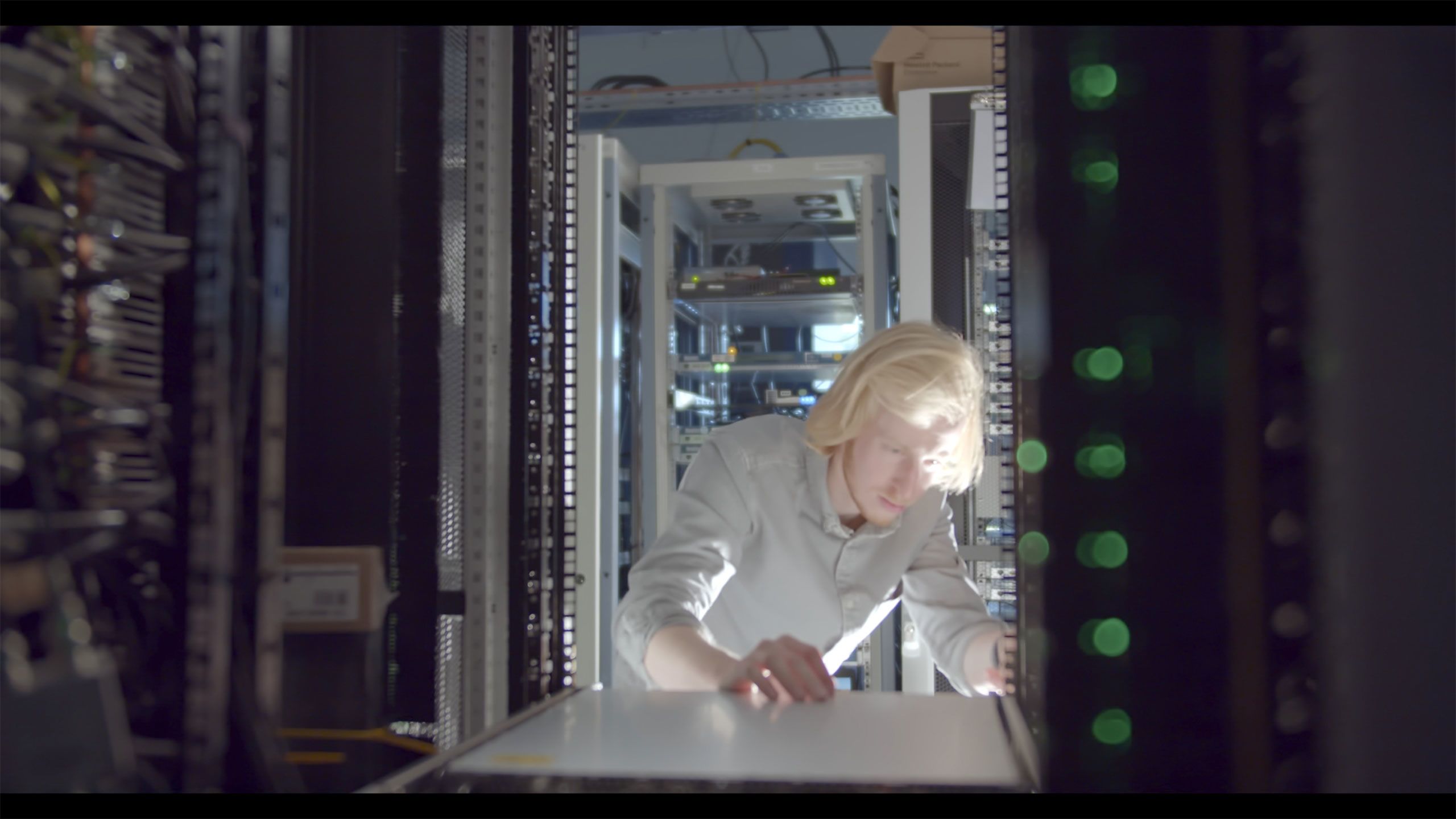
Expect a
Greater Return!
Mx-DMA MRC allows users to expect more from their network:
• It promotes choice, with the end of trade-offs in networks design.
• It offers efficiency through the highest level of intelligent, real-time bandwidth allocation.
• It promotes increased scalability by bringing high performance and efficiency to thousands of terminals.
• It allows greater service flexibility because it manages complex traffic demand in a simpler way, all on a single return link.
• It offers higher profitability with lower TCO through its scale and agility to deliver services in a more cost-efficient way.
• It offers powerful performance for the the highest data-rate applications with 300 Mbps throughout.

